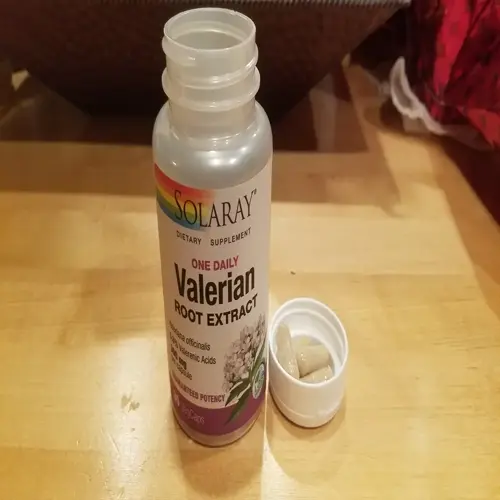What are the core benefits of aquatic therapy?

Written by
Leilani Ibeh
Reviewed by
Prof. Benjamin Murphy, Ph.D.Aquatic therapy is beneficial for individuals seeking a gentle rehabilitation program. The properties of water, including buoyancy, hydrostatic pressure, and warmth, can aid in the body's recovery. There is improvement without further stress on the joints and pain. The water supports the movement while also providing resistance to the body, aiding in the therapy.
Joint Stress Reduction
- Buoyancy reduces joint pressure by up to 90% during immersion
- Allows pain-free movement for arthritis sufferers
- Decreases wear on cartilage during exercises
Improved Circulation
- Hydrostatic pressure boosts blood flow by 25-30%
- Reduces swelling through natural compression
- Enhances oxygen delivery to tissues
Muscle Relaxation
- Warm water (92-96°F) decreases muscle tension
- Releases trigger points without manual therapy
- Improves flexibility through gentle stretching
Mental Wellness
- Cortisol reduction promotes stress relief
- Regular sessions decrease depression symptoms
- Water's rhythm creates meditative states
Adaptive Rehabilitation
- Customizable for all ages and abilities
- Supports pediatric to geriatric needs
- Requires no swimming skills for participation
The hydrostatic pressure produces therapeutic compression around you. This force increases circulation and reduces edema. There is gentle stimulation to your cardiovascular system. Blood returns to the heart more efficiently. Relief from swelling is quite noticeable after the session.
Soaking in warm water provides natural pain relief. As you enter the therapeutic temperature range, your muscles relax. Exposure to buoyancy decompresses the joint surfaces. This results in a dramatic reduction in pain perception. Many patients decrease their medication while under medical supervision.
Neurochemical changes that are measurable will positively change mental health. Serotonin levels are elevated with water immersion. There is a consistent decrease in cortisol throughout the session. Anxiety decreases because of predictable sensory input. Mood is maintained through repetition.
Therapists tailor therapy to different levels of physical ability, employing specific approaches tailored to each individual's needs. Weight bearing is controlled by changing the depth of the water. Equipment like a flotation belt can help someone move more easily. Therapists customize exercises to address specific conditions. Everyone enjoys the benefits regardless of limitations.
Repeated aquatic experiences generate lasting changes, and many individuals can maintain improvements through regular sessions. It is a sustainable strategy for pain management and establishes water as your lifelong partner for wellness. To achieve optimal results, it is advisable to start with professional input.
Read the full article: Understanding Aquatic Therapy Benefits

